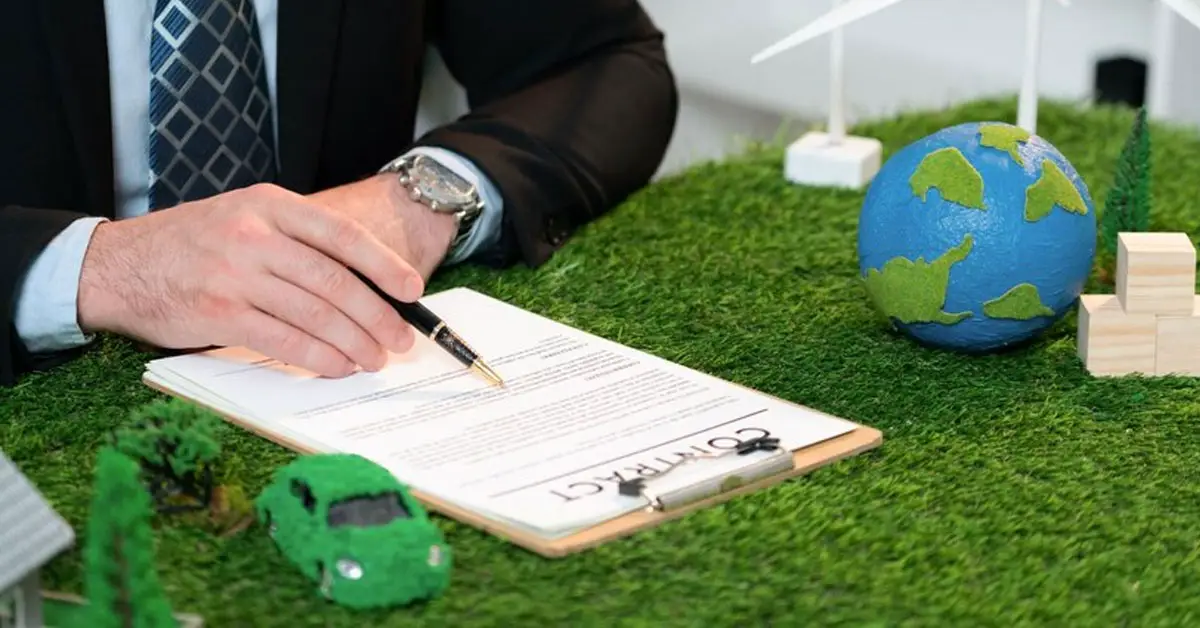Did you realize that a staggering 3.6 billion individuals currently inhabit regions vulnerable to climate change? As our climate undergoes transformations, legal measures are being employed to shield the environment.
Environmental litigation assumes a critical role in the protection of our planet. Litigation becomes imperative when certain entities jeopardize natural habitats, communities, or public health.
Decoding Environmental Litigation: An Overview
This legal avenue pertains to actions taken to redress violations of environmental laws, aiming to prevent actions that could harm the environment.
The primary goal is to uphold and enforce environmental regulations, ensuring compliance and seeking remedies for environmental damages.
The Preliminary Stages: Preparing for Litigation
The triumph of litigation hinges on meticulous preparation. This phase involves evidence gathering, identifying legal grounds, and securing appropriate legal representation.
Evidentiary Foundation
Substantial evidence forms the bedrock of any environmental case, encompassing photographs, test results, reports, and expert testimonies. The quality and quantity of evidence wield significant influence over case outcomes.
Legal Grounds Identification
The legal grounds are contingent upon the type of environmental harm and the prevailing laws in the jurisdiction. Common legal grounds include violations of pollution control regulations, land use restrictions, waste disposal laws, and protection laws for endangered species.
Legal Representation Procurement
Given the intricate and time-consuming nature of the litigation process, it necessitates legal professionals well-versed in environmental law. Selecting an attorney with expertise in handling similar cases and a commendable success record becomes indispensable.
Initiating Legal Action: Filing a Lawsuit
Commencing legal proceedings involves filing a formal complaint with the relevant court. This encompasses detailed legal drafting and notifying the party facing legal action.
Following the complaint filing, the subsequent step is to serve a copy of the complaint to the defendant. This formal notice grants the defendant an opportunity to respond and formulate their defense.
Seeking Common Ground: Settlement Negotiations
Numerous environmental cases find resolution through settlements, where parties reach agreements without going to trial.
Settlement discussions can transpire at any point in the litigation process, fostering creative solutions while circumventing the expense and uncertainty of a trial. They present a more collaborative approach to dispute resolution.
The Crucible: Trial Process
In instances where a settlement remains elusive, the case proceeds to trial. Here, all parties present their cases, and a judge or jury adjudicates based on the presented evidence and arguments.
Both parties articulate their evidence and arguments, subjecting witnesses to cross-examination by opposing counsel. The judge or jury then deliberates, culminating in a verdict.
Upholding Verdicts: Enforcement of Court Orders
In the event of a favorable verdict for the plaintiff, the defendant must adhere to court orders. This may involve paying damages or implementing remediation efforts.
In certain cases, further legal action may be indispensable to ensure compliance. The enforcement of court orders plays a pivotal role in upholding environmental laws and averting future harm.
Navigating the Complex Terrain: Environmental Litigation Process
Environmental litigation constitutes a multifaceted and demanding journey, demanding time, resources, and diligence. It serves as an indispensable tool for safeguarding our environment.
Understanding this legal process empowers us to advocate for the protection of our planet. Let’s collaborate to preserve our environment for generations to come.
For more profound insights, feel free to explore additional articles on our website.
FAQs:
- Q: What is the primary goal of environmental litigation?
- A: The primary goal is to uphold and enforce environmental regulations, ensuring compliance and seeking remedies for environmental damages.
- Q: Why is securing legal representation crucial in environmental litigation?
- A: The litigation process is complex; expertise in environmental law is essential to navigate the intricacies and achieve success.
- Q: How does settlement negotiation contribute to resolving environmental cases?
- A: Settlement discussions allow for creative solutions, avoiding the expense of a trial and providing a collaborative approach to dispute resolution.
- Q: What happens if a verdict is in favor of the plaintiff in environmental litigation?
- A: The defendant must adhere to court orders, which may include paying damages or implementing remediation efforts to prevent future harm.

